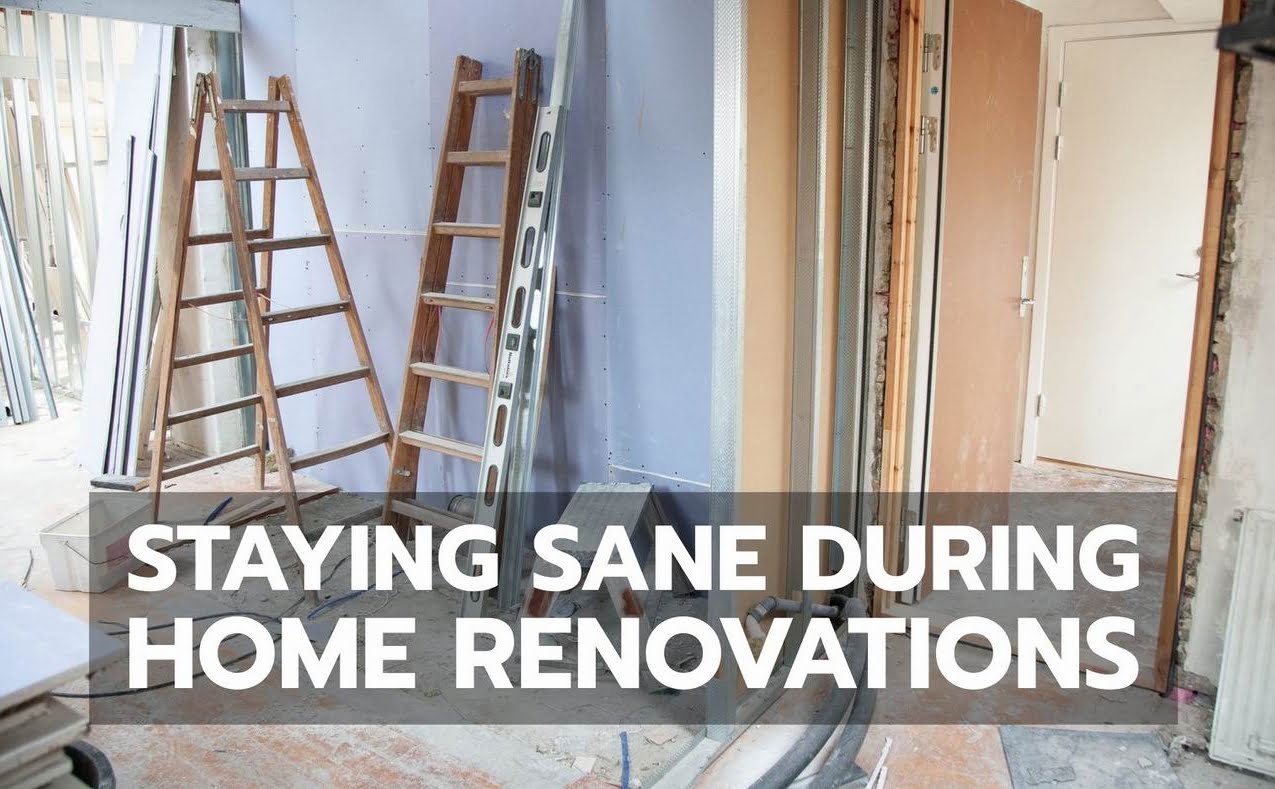A number of years ago I spent part of an afternoon offering advice to a woman who was in the middle of a major and painful renovation. It was her first reno, and it was taking longer than she and her husband had planned. It was costing more than she (and especially he) expected. And while we sat on the tailgate of a work truck in her driveway, figuring out the details behind the technical issues she called me for advice about, I realized how the root of renovation anxieties go beyond mere decisions about how to build. It’s also about how homeowners think about the process.
In the end, we did figure out how to make several specific things happen on a technical level. I also offered her a way of seeing her building adventure that left her calmer than when I arrived.
Major renovations — even the best ones — take you way beyond ordinary life, and perhaps a few insights into the process will help you, too.
Renovations are controlled chaos
Building is a lot like tobogganing down a snow-covered hill. When you start the process, it’s never entirely possible to map out an exact course.
Do your best but expect deviations. Sometimes the renovation hill moves you more quickly than you’d like. Sometimes you get stuck in soft snow. Sometimes you fall off the toboggan.
The pace of decision-making required can be fast and scary, or boring and frustrating. There’s a rhythm to every project and, as a homeowner, you’re never in complete control of the tempo. Neither is your contractor.
Reality always plays a part. Learning to bend with reality is the first key to renovation sanity.

Theory never quite meets practice
The higher your expectations, the greater the need to wrestle with compromise and be prepared to be flexible in prudent directions during the building process. It took me years to learn this the hard way, so I know it’s not always easy.
For instance, the woman I helped with decisions on her reno lives in a big Canadian city, but her reno property is a classic stone building in a very rural community. Her vision included traditional, authentic materials throughout, and that’s something I’m partial to as well.
But sometimes, in specific situations, modern materials make so much more sense that it’s really the only practical way to go. The trick is knowing how and when to use them.
“I didn’t come all the way to the country to bring MDF beadboard into my life,” she explained — a sentiment that I understand completely. But when you want some things that only MDF trim can provide — low cost, excellent paintability, and a range of available profiles — there may be reasons to look at things differently.
The issue isn’t always what something is made of, but rather how it affects the overall feeling of your new space.
Sometimes renovation success feels like disaster
Even the best-run projects sometimes feel like disasters when you’re in the middle of them. Construction and renovations are an ugly, loud, expensive and messy process. Personalities sometimes clash. Details you dreamed about may not be possible after all. Budgets inflate.
Your struggle ultimately boils down to the difference between theory and practice — the difference between the home you see in your head and the home you’re able to create. The two never quite meet. Don’t expect them to.
Renovations often take longer than you expect, cost more than you initially thought, and involve more mental anguish than seems reasonable. Choose your contractor well, keep smiling, and by the time you get to the bottom of the hill, you’ll probably be thinking the whole renovation ride wasn’t so bad after all. At least I hope so.


